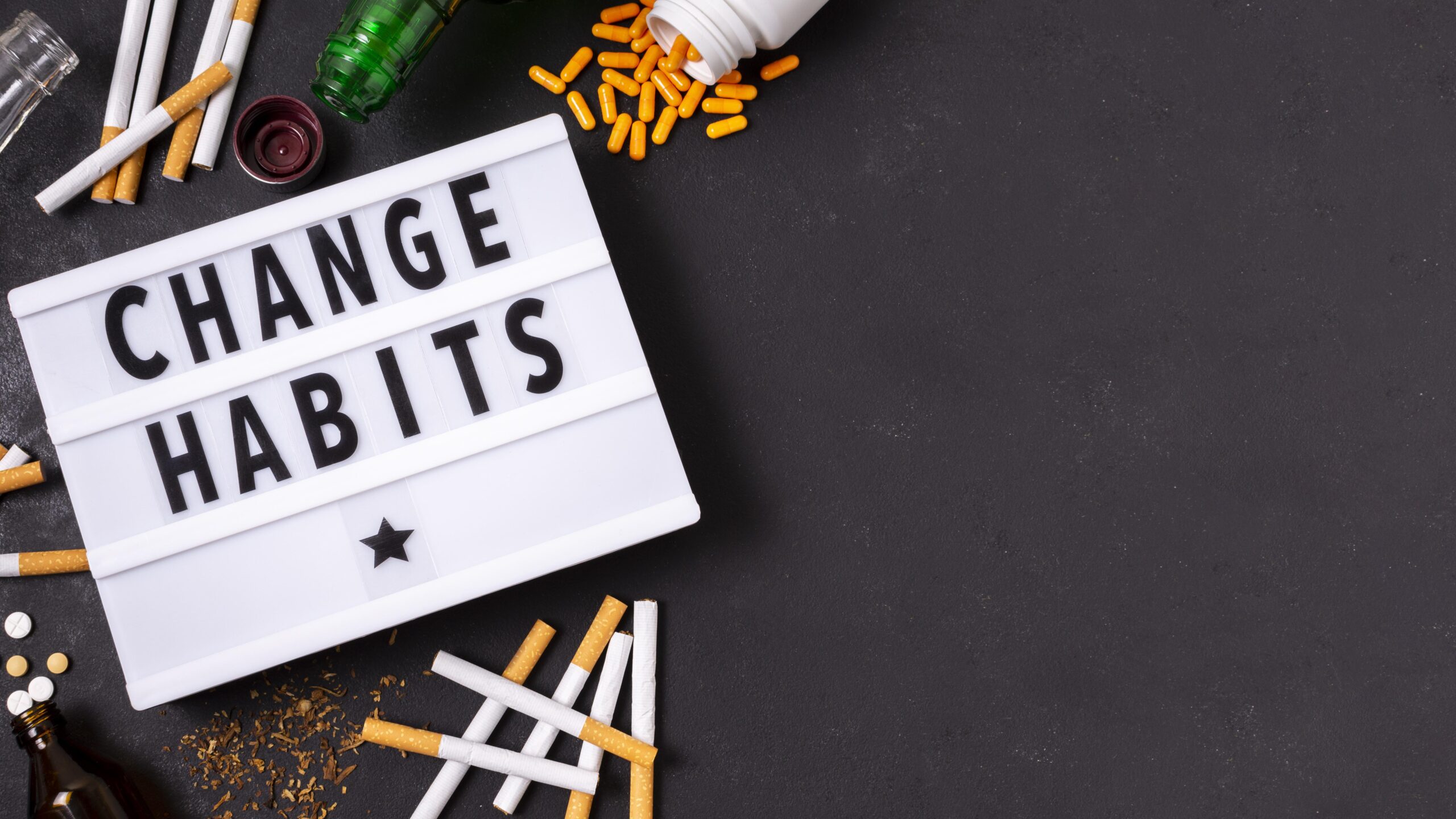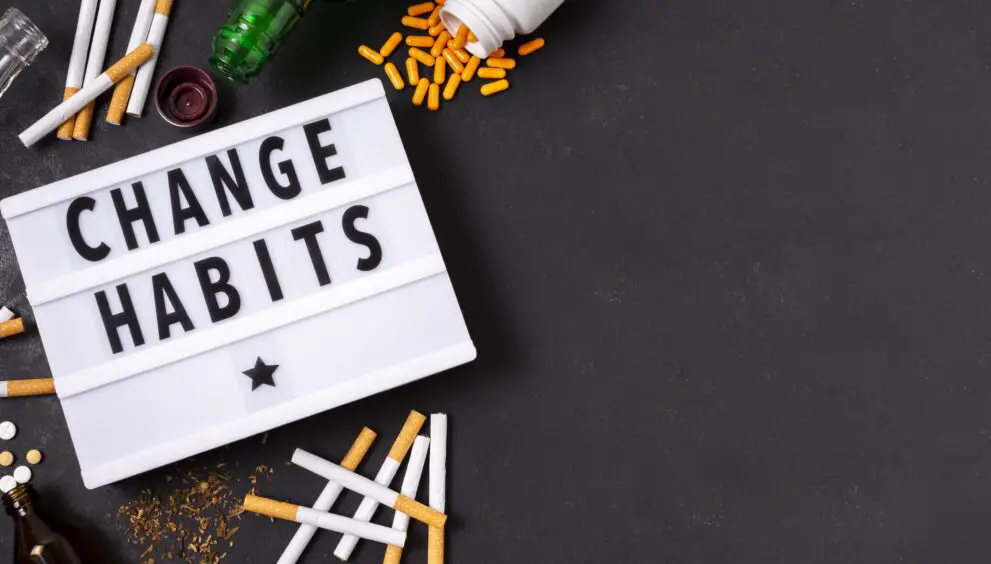Drug addiction is a complex and devastating condition affecting millions worldwide. It is a disease that not only impacts the individual struggling with addiction, long-term mental health disorders, and consequences but also takes a toll on their family members, loved ones, and society. However, amidst the darkness, there is always hope for your drug addiction recovery journey.
Getting into rehab for addiction recovery is an important first step in overcoming addiction. Recovering from addiction is a personalized journey, and it’s crucial to find a rehab program that aligns with your goals. With different approaches available, it’s important to choose a program that feels tailored to your individual needs and preferences.
This article will delve into the transformative journey from desperation and chemical called physical dependence to recovery, exploring the mental health professional challenges faced by those battling drug misuse and alcohol addiction and highlighting the path to reclaiming one’s life.

Understanding Drug Addiction
Drug addiction is a persistent and recurring neurological condition marked by an irresistible urge to seek and use drugs, disregarding their detrimental effects on one’s well-being.
This disorder profoundly impacts the structure and functionality of the brain, impairing critical faculties like judgment, decision-making, and self-discipline.
While the initial choice to use drugs may be voluntary, prolonged drug use induces alterations in the brain that intensify the challenge of breaking free from addiction.
Multiple risk factors alone, risk factors including genetic predisposition, family history, environmental influences, and co-occurring mental health conditions, can contribute to the onset and progression of addiction.
The Descent into Desperation
The journey through drug addiction often begins innocently, with experimentation or seeking relief from emotional pain. However, the allure of drugs can quickly spiral into a desperate cycle of dependence and destruction. As tolerance builds, individuals can become addicted to drugs and need higher doses to achieve the same effect. The pursuit of drugs becomes all-consuming, leading to strained relationships, financial ruin, legal issues, mental illness, and deteriorating physical and mental health. Desperation sets in as the addiction tightens its grip.
Unexpected Signs and Symptoms of Drug Abuse
Recognizing symptoms is the first step to identifying potential mental health issues or substance abuse. Look out for signs like:
Changes in appetite:
Fluctuations in appetite, whether a sudden surge or decline, can indicate potential drug abuse. Certain substances, like methamphetamine, often suppress appetite, causing users to lose their desire to eat.
Conversely, other drugs, such as marijuana, can elicit the opposite effect by triggering an increase in appetite, commonly called “the munchies.” Therefore, observing changes in appetite patterns can offer valuable insights into potential drug misuse.
Changes in sleep patterns:
Drug abuse can profoundly impact an individual’s sleep patterns, leading to noticeable alterations. For instance, individuals abusing stimulant drugs may encounter difficulty falling asleep or experience fragmented sleep, resulting in only a few hours of rest each night.
Conversely, those who misuse depressant drugs may exhibit an increase in sleep duration, surpassing their regular sleep patterns. Thus, changes in sleep behavior can serve as important indicators of potential drug abuse, depending on whether stimulants or depressants are involved in substance abuse.
Unexplained weight loss or gain:
Unexplained fluctuations in body weight, either a rapid loss or gain, can serve as potential indications of drug abuse. This is attributed to the influence of certain drugs, which can disrupt users’ appetite and eating patterns. For instance, some substances may suppress the appetite, leading to weight loss, while others may trigger excessive food consumption, resulting in weight gain.
Moreover, specific drugs, like methamphetamine, can elevate the metabolic rate of individuals, causing them to burn calories at an accelerated pace. Thus, monitoring unexplained changes in weight can offer valuable insights into potential drug misuse and its effects on the body.
Unexplained mood swings:
Fluctuations in mood are a prevalent manifestation of drug abuse, primarily attributable to the impact of various substances on the brain’s chemical balance responsible for mood regulation. When individuals engage in the misuse of drugs, the delicate equilibrium of these neurotransmitters can be disrupted.
For instance, research shows those abusing stimulant drugs may experience heightened irritability or anxiety, while individuals misusing depressant drugs may undergo feelings of melancholy or lethargy. Recognizing such mood swings can provide valuable insights into potential drug abuse, allowing for timely intervention and support.
Unexplained changes in behavior:
Modifications in behavior serve as another prevalent indication of drug abuse. This correlation arises due to the capacity of numerous drugs to profoundly influence an individual’s perception, judgment, and overall demeanor. For instance, individuals misusing stimulant drugs may exhibit heightened aggression or impulsivity.
In contrast, those engaged in the misuse substance use of depressant drugs may display an increased risk of withdrawal tendencies and a sedentary lifestyle. By recognizing and discerning these shifts in behavior, it becomes possible to identify potential drug abuse and provide the necessary support and intervention.
Unexplained financial problems:
Financial difficulties often serve as a conspicuous indicator of drug abuse. This correlation arises from the inherent costliness of many drugs, compelling users to exhaust their financial resources to sustain their habit. Furthermore, certain individuals may resort to unlawful activities, such as theft, to procure funds to fuel their drug dependency.
Consequently, observing significant financial challenges, unexplained depletion of resources, or uncharacteristic or risky behaviors related to acquiring money and taking illegal drugs, can provide valuable clues in identifying potential drug abuse.
Unexplained physical problems:
The manifestation of physical issues is a prevalent indicator of drug abuse. The connection between medications and physical discomfort stems from the fact that countless drugs cause side effects like nausea, vomiting, headaches, and dizziness, among others. These outcomes are widely experienced due to the use of these drugs.
Moreover, individuals caught in drug abuse may exhibit signs of neglecting personal hygiene or present unusual bruises or marks resulting from injecting drugs.
By carefully observing these physical withdrawal symptoms and changes in appearance, it becomes possible to recognize the early age of potential drug abuse and take appropriate actions to address the underlying issues.
The Turning Point: Seeking Help
Recovery from drug addiction begins with a crucial turning point—a decision to seek help, which aligns with the goals of the National Institute on Drug Abuse and Mental Health Services.
This pivotal moment can be triggered by various factors, such as hitting rock bottom, a wake-up call from loved ones, or a personal realization that life has become unmanageable.
Healthcare providers, including mental health services, are vital in supporting individuals during this journey. Through their expertise and guidance, they can offer a range of treatment options and prevention programs involving families, emphasizing the importance of a holistic approach to recovery.
Additionally, organizations such as the Drug Enforcement Administration contribute by implementing strategies to reduce drug abuse and illicit drug distribution. This collaborative approach involving various stakeholders helps create an environment of support and resources for individuals seeking recovery.
Recognizing the need for change and reaching out for support is a courageous step toward reclaiming one’s life. With the assistance of dedicated health care providers, prevention programs involving families, and the commitment of organizations like the Drug Enforcement Administration, individuals can find the support and resources needed to overcome drug addiction and embark on a path of recovery and well-being.

The Path to Recovery
Each individual’s journey to recovery is unique, and there is no one-size-fits-all approach. However, certain key elements often contribute to a successful recovery:
Detoxification:
The initial step is the elimination of illegal substances and drugs from the body through a supervised detoxification process. This helps administer withdrawal symptoms and guarantees physical stabilization.
Rehabilitation Programs:
Inpatient or outpatient rehabilitation programs offer structured therapies, counseling, and education to address addiction’s psychological, emotional, and behavioral aspects. These programs provide tools for relapse and prevention programs, coping strategies, and skill development to navigate life without drugs.
Support Systems:
Establishing a robust support system is crucial for achieving lasting recovery. Twelve-step programs like Narcotics Anonymous (NA) and Alcoholics Anonymous (AA) offer a sense of community, guidance, and accountability. Individual counseling, family therapy, and support groups are vital in maintaining sobriety.
Holistic Approaches:
The practice of yoga, meditation, art therapy, and exercise can significantly improve one’s overall well-being by reconnecting them with themselves and helping them manage stress. Such complementary therapies are effective and provide holistic healing, fostering a happier and healthier life. Holistic approaches address the mind, body, and spirit, promoting a balanced and healthy lifestyle.
Relapse Prevention:
Relapse, although a common aspect of the recovery journey from mental disorders, should not be perceived as a failure. Instead, it offers growth, brain development, and learning opportunities. By acquiring the skills to identify triggers, cultivating effective coping mechanisms, and establishing a comprehensive relapse prevention plan, individuals can navigate potential setbacks and maintain progress on their path to recovery.
Recovering from substance use disorder is a gradual and continuous journey that spans beyond a single moment. It’s crucial to acknowledge that the process calls for time, patience, and persistence. It demands unwavering persistence, patience, and commitment to actively adhere to the program and forge healthy habits to replace drug and alcohol use disorder and addiction.
It is possible to reclaim one’s life and embrace a fulfilling, sober existence through steadfast dedication and unwavering determination.
The Triumph of Recovery
Embarking on the path of recovery from drug use and addiction entails an enduring voyage that necessitates unwavering commitment, steadfast perseverance, and a genuine openness to transformation. It encompasses mending relationships, rediscovering a sense of purpose, and reigniting passions and interests.
Through this transformative journey, individuals can experience personal growth, cultivate self-confidence, and discover profound fulfillment in a life liberated from the clutches of addiction.
While the road to long-term recovery may present its fair share of challenges, the ultimate triumph that awaits is immeasurably rewarding. With unwavering courage and relentless determination, individuals can reclaim their lives, paving the way for a future brimming with happiness and contentment in the embrace of sobriety.
Conclusion
The passage from despair to recovery signifies the indomitable resilience inherent in the human spirit when confronting drug addiction. This arduous expedition is riddled with hurdles and setbacks, yet it is also a voyage infused with profound hope, metamorphosis, and an empowered sense of liberation.
By delving into a comprehensive comprehension of the intricacies surrounding drug addiction, reaching out for assistance, and wholeheartedly embracing the multifaceted dimensions of the recovery process, individuals can rediscover their essence, reclaim their lives, and inspire others through their transformative journey.
It is essential to keep in mind that no matter how dire a situation may appear, there is always hope for recovery. This luminous beacon illuminates the path leading toward a brighter and more promising future.
You can also read: Evil Eye Quotes to Remove Very Bad Vibe




